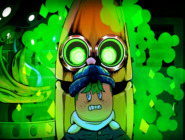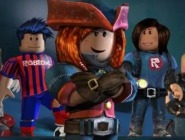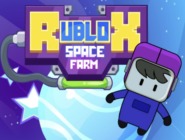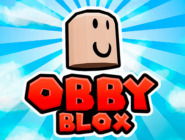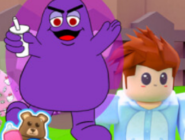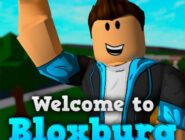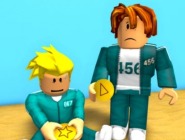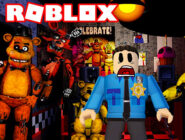Steal A Brainrot
Advertisement
Advertisement

Steal A Brainrot revolves around collecting, defending, and losing virtual creatures in a competitive online space. Each player receives a base where brainrots are stored. These creatures generate passive income in the form of coins, which are used to unlock more brainrots or defense systems. But once a brainrot is placed, it becomes visible and vulnerable. Other players can enter your base and steal it when you’re not protected. This design forces constant awareness and creates a sense of urgency every time a player joins a session.
Economy and Player Strategy
The game uses a mix of free and paid mechanics. Players earn coins over time and can reinvest in shields, traps, and rebirths. Shields prevent theft but are temporary, and cooldown periods limit how often they can be used. Players also have the option to purchase items using ROBUX. These include enhanced tools or cosmetic effects, but they don’t guarantee success or protection. Everyone, regardless of upgrades, remains vulnerable. This keeps the competitive balance and ensures that timing, not only purchases, decides the outcome of most interactions.
Key Systems and Mechanics
The gameplay loop of Steal A Brainrot includes the following:
- Visible platforms where all brainrots are placed and displayed
- Coin generation tied to each collected brainrot
- Time-limited shields for defensive coverage
- Traps and hazard tools to slow down or punish thieves
- Premium items available through ROBUX
- A rebirth system that lets users reset with increased rewards
Social Visibility and Reaction
One of the reasons for the game’s rapid growth is its shareable structure. Every theft, loss, or rare find can be recorded and posted. Players often document their reactions in real time, leading to viral content. These moments are unpredictable, which adds to the appeal. Whether someone is laughing after a perfect steal or frustrated after losing their strongest brainrot, it becomes part of the social loop. Users are encouraged to stay alert and interact constantly, creating an ecosystem where visibility and timing matter more than quiet grinding.
Ownership and Long-Term Appeal
Steal A Brainrot is now part of a larger trend in platform gaming. Developed by a small team and supported by a growing studio, it fits into the model of short, repeatable sessions with persistent tension. Its systems require minimal explanation but lead to complex behavior over time. While some users raise concerns over monetization or emotional impact, the game remains among the most active on the platform. It continues to evolve, and its focus on public interaction keeps players coming back even after losses.
Related games
Comments

